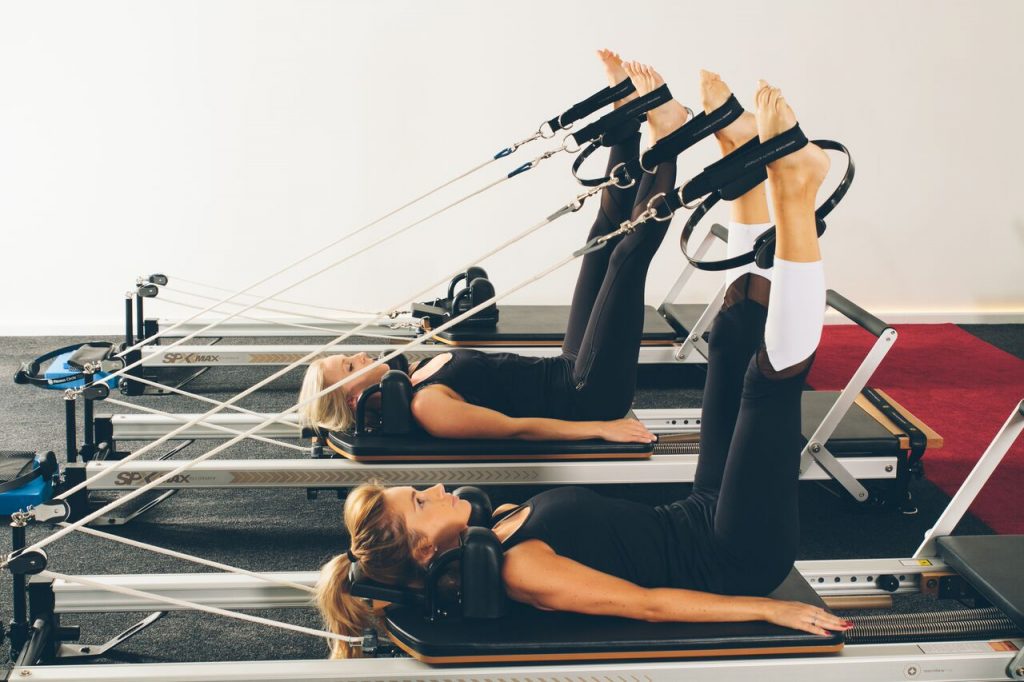March 28 2018
Pilates, or pies and lattes? While one option may be more delicious, the other option is most likely better for you! Perhaps one or two Pilates workouts per week might help you enjoy more pies and lattes guilt free!
What is Pilates?
Pilates is a system of exercises developed by and named after Joseph Pilates. Pilates was a German born gymnast, bodybuilder, boxer and circus performer. Sounds like a man for all seasons! Following the establishment of his studio in New York between the world wars, the Pilates system of exercises has soared in popularity around the world. Physiotherapists have adapted and modified Pilates exercises to develop exercise rehabilitation programs aimed at reducing pain, improving strength, balance and control of joint movement.
But wait, there’s more! Moving better sounds good, but getting around a bit of Pilates exercise also gives you a legitimate reason to buy more groovy active wear for your trips to the local cafe! Looking good!
Pilates is a dynamic form of exercise performed using mats or specialised equipment. One of the most common applications of Pilates is building trunk muscle or core strength. Building good core strength is not more important than strengthening any other part of your body, but can be helpful in spinal rehabilitation. Pilates exercises provide a means for practising and controlling spinal movement safely and comfortably (I hear the cries of ‘How can any exercise can be comfortable?’ – let’s say relatively comfortable!).
Clinical Pilates refers to exercises prescribed by a physiotherapist as part of a rehabilitation program. Exercise can be prescribed individually with the goal of reducing pain, or improving strength, mobility or movement control. As such, the Pilates exercises are flexible in themselves! Breathing and paying attention to the comfortable movement of the body can have a significant effect on relieving pain. The novel and sometimes difficult sequences of movement can also provide a stimulus for strengthening and control of body movement.
 “Feet in Straps Exercise” by www.runwaypilates.com is licensed under CC BY 2.0
“Feet in Straps Exercise” by www.runwaypilates.com is licensed under CC BY 2.0
Successful Pilates Rehab
Finding an appropriate starting point for Pilates exercise is a key part of achieving success in rehabilitation. Because there are so many possible exercises and degrees of difficulty, physiotherapists are best placed to find this starting point for people who have been injured or are in pain. Having knowledge of injury and pathology allows physiotherapists to guide and progress clients from the safe harbour of comfortable exercise out into the open sea with the Pilates aficionados. Preventing undue pain and suffering with rehab is always a good start! For example, going in too hard with exercise for low back pain, neck pain or headaches could cause a flare up of symptoms. Making exercise rehabilitation safe and effective is about meeting the budding Pilates disciple at their level and planning for success.
At our clinics we run small group classes and individual sessions utilising Pilates equipment and mat exercises. We do a detailed assessment to find out how we can best help you achieve your specific goals with exercise rehabilitation.
So, the next time you’re relaxing having a pie or latte, musing over how to get fitter and stronger or how to move your body better, consider whether clinical Pilates might suit your exercise needs.
For more information on Pilates with us, get in touch on (08) 8271 4122 or drop by the clinic.
*Due to the Health Insurance Reforms being applied from April 1 2019, our equipment and mat classes have been adapted to our new Strength and Stability Classes. For further information, please call our reception team.



